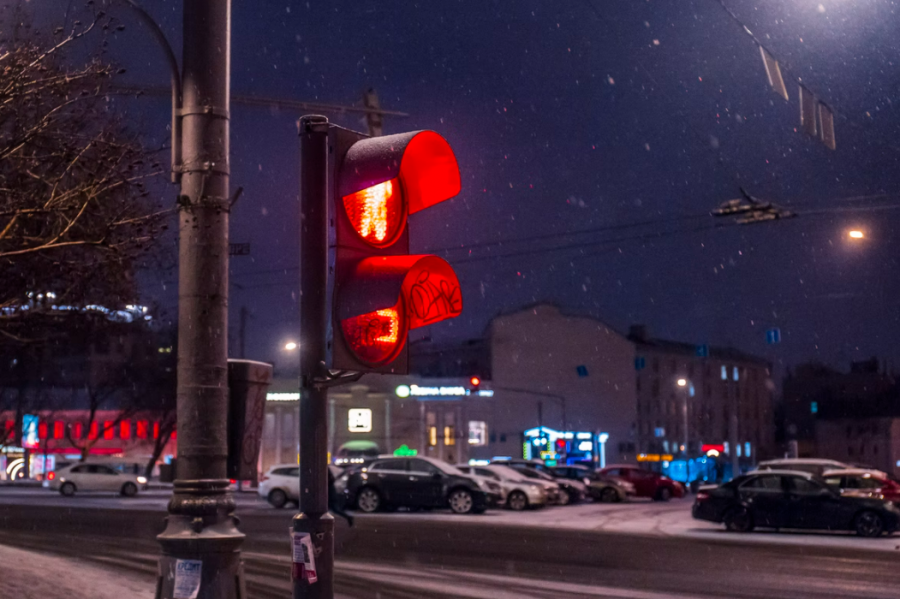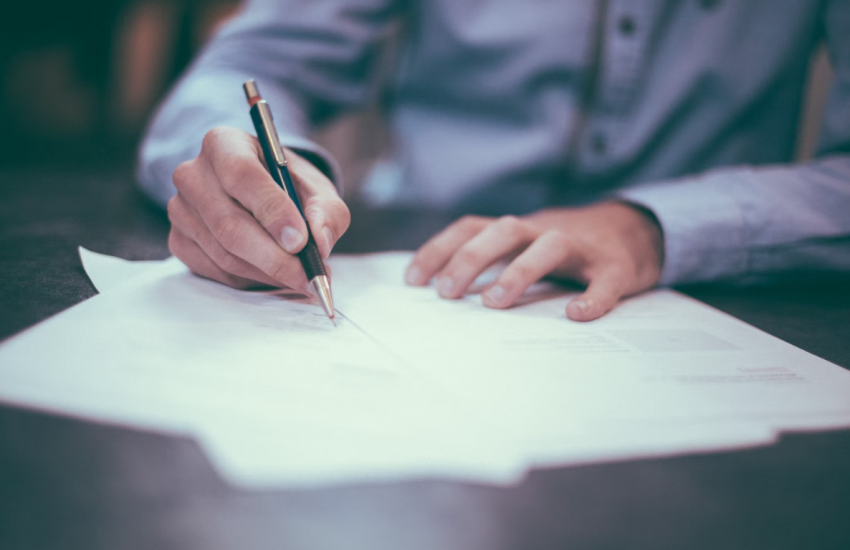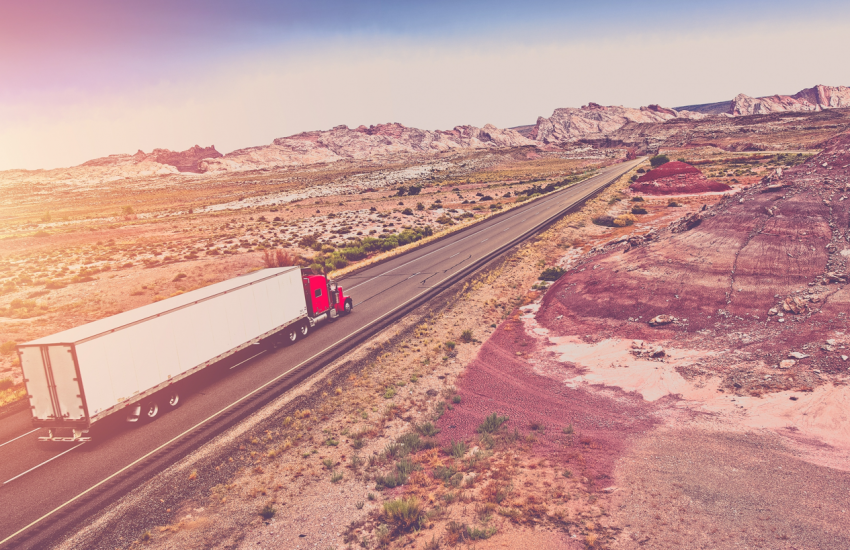How Do You Make A Claim When You Were The Victim In A Hit-and-Run Accident?
An automobile accident is a stressful and often traumatic event, but a hit-and-run accident is even worse. This is when the other party in the accident—and often the cause of it—deliberately leaves the scene of the accident without providing any information about themselves or providing assistance to the person they hit. This makes it difficult to file a car accident claim. It can leave you feeling helpless and like even more of a victim. Because you can’t rely on the other driver to pay for damages, you may be worried about the medical and auto repair bills that will result from the accident. However, you don’t need to worry. If you’re a victim in a hit-and-run accident, it helps to know what to do to file a car accident claim after an accident.
Get to Safety
The first thing you do is stop your car if the accident hasn’t stopped it for you. If the vehicle that hit you has already taken off, don’t follow the fleeing vehicle. Instead, move your car out of the way of traffic if possible. If your vehicle is too damaged to move, you can leave it there. Get out of the car if it is safe to do so. Then, once you and your vehicle are safe, call 911.
Write Down What You Remember
While you’re waiting for first responders to arrive, write down or record details about the vehicle that hit you on your phone. These details include make, model, the color of the vehicle, license plate number, the appearance of the driver, and any identifying markings. Also record what you remember happening just before the accident happened. Was the other vehicle driving erratically? Was anyone speeding? Were there road conditions that caused the driver to swerve into. Any information you have is useful, and writing it down as soon as possible will be useful for remembering details.
If you can safely do so, take pictures of any damage to your car. In addition to helping estimate the damage, pictures of your vehicle can help police confirm what likely happened. This is especially useful if you don’t quite remember what happened. The police may also take their own photos, but having pictures for yourself will be useful for when you file your claim with your insurance.
Give all of this information to the police when they arrive on the scene. They’ll do an accident report that provides any information you may need going forward. The information you provide can also help them find the other driver.
Call Your Insurance Company
Call your insurance company once the police provide you with their report. Car accident claims not only help you get your car repaired and back on the road, but they’re there to help you.
Keep in mind that you have a limited amount of time to call them. Usually, you can expect this time limit to be about 30 days. However, your insurance company may have a different time limit, so check your policy. It’s often a good idea to call from the scene of the accident if you can. This way, they can tell you exactly what information you need to collect for your car accident claim.
Even though the hit-and-run accident was more than likely the other driver’s fault, which means that the other driver’s insurance should pay for repairs and medical bills, your insurance can help too. There are a couple different kinds of coverage that will come into play for a hit-and-run accident.
Collision Coverage
The first type of coverage that will be used is collision coverage. Collision coverage helps pay for any vehicular repairs to your car, even if the other driver isn’t found. While this type of coverage has a deductible, which you have to pay even though you weren’t at fault, there’s a chance you can recover it if the police find the other driver. If they are found, their insurance will likely be responsible for covering these damages, so you may be reimbursed.
Uninsured Motorist Coverage
Another type of insurance that helps cover hit-and-run accidents is uninsured motorist coverage. You should always have this type of coverage. Usually, it helps cover you in the event that the other driver is uninsured or underinsured, but it can also help if the other driver can’t be found. You should be aware that while this helps cover hit-and-run accidents in many states, there are certain states that don’t allow it for this kind of accident. Do your research on your own state’s policies.
Personal Injury Protection
Personal injury protection pays the medical bills for you and any passengers you had in the car with you. It also pays for lost wages if you can’t work and other expenses. For example, if you need to pay for extra childcare while you recover, you can use this to help pay for it. This type of coverage isn’t available in every state.
Medical Payments Coverage
Medical bills can rack up quickly after an accident, even if you only have minor injuries. Medical payments coverage helps pay for medical bills after a hit-and-run accident and doesn’t usually have a deductible.
Hit-and-run accidents are scary, but you don’t have to worry about how you’re going to pay for an accident that wasn’t your fault. Use these tips and strategies if you’re involved in this kind of accident. There are times when you may need help with the insurance companies regarding car accident claims. Sometimes you need the help of an attorney who has experience with car accident cases. No matter who you are, there’s always someone who can help.


















